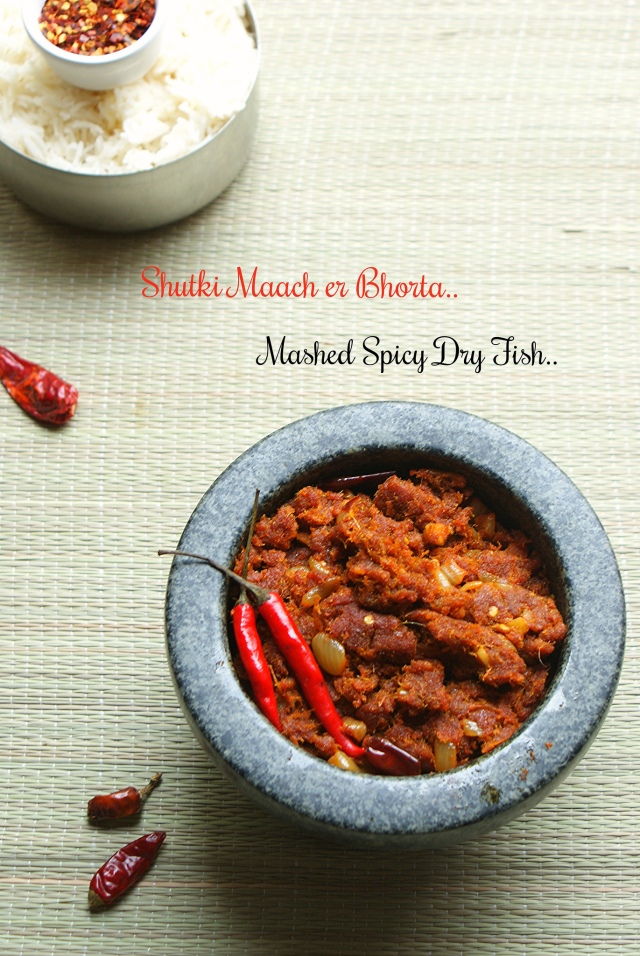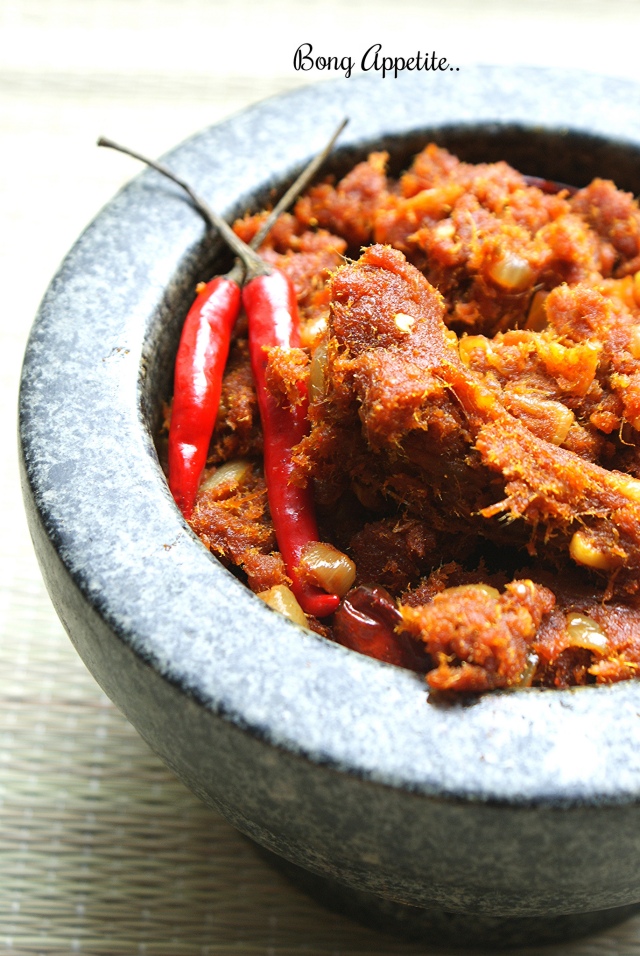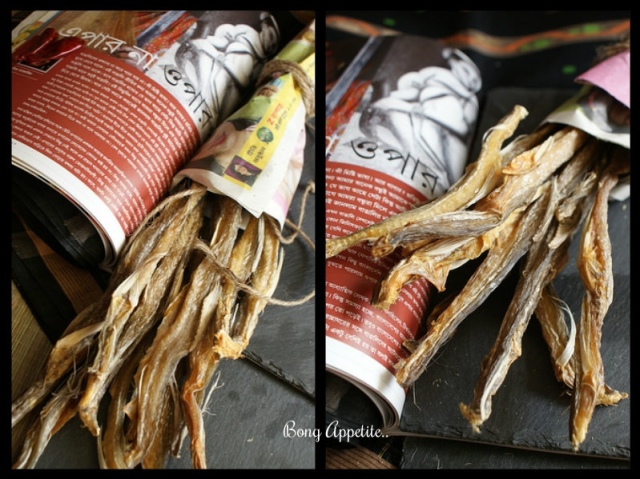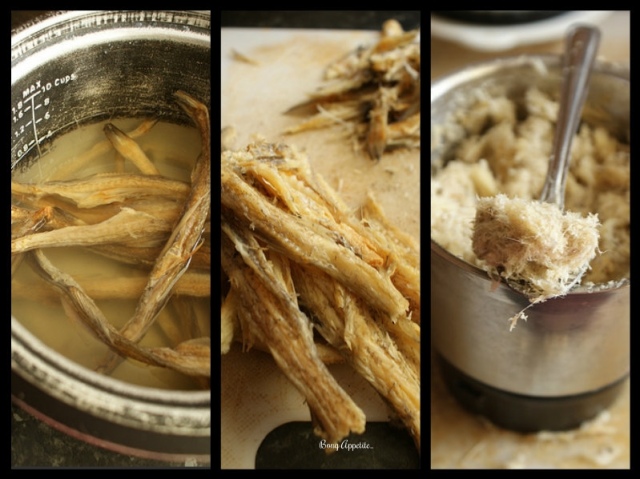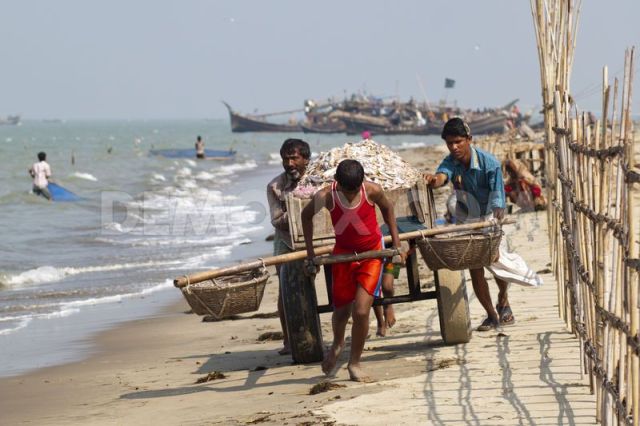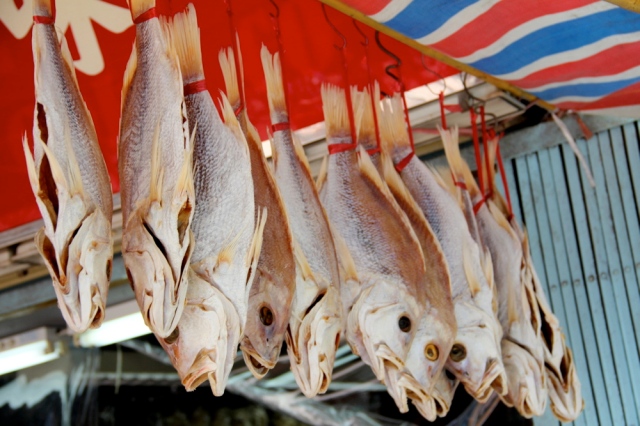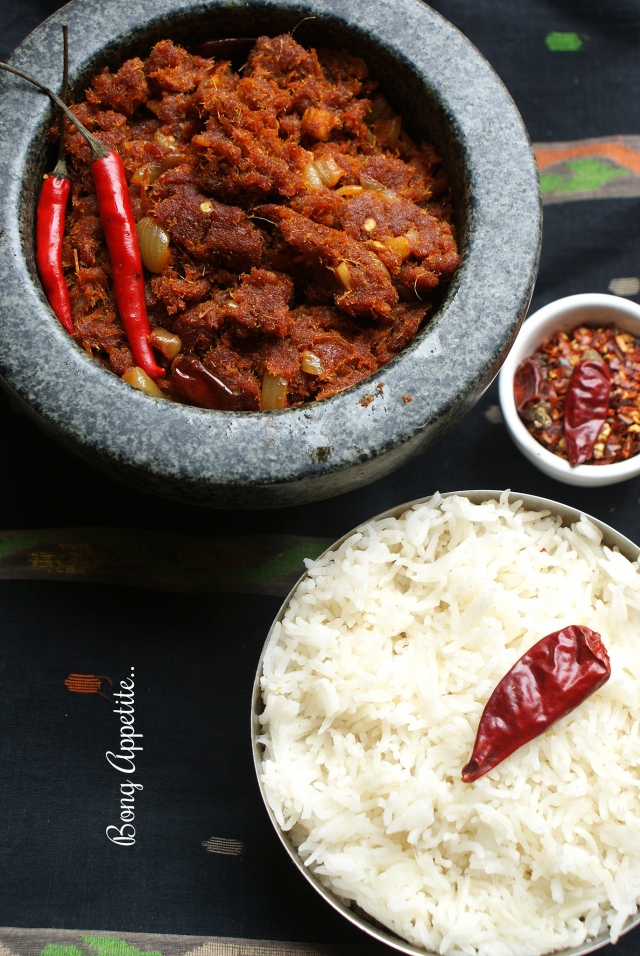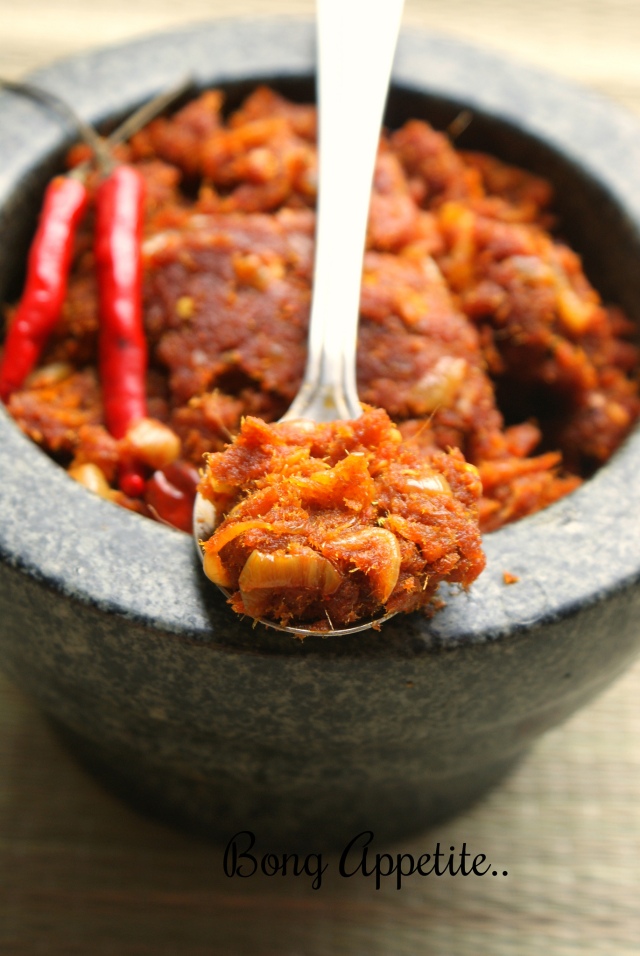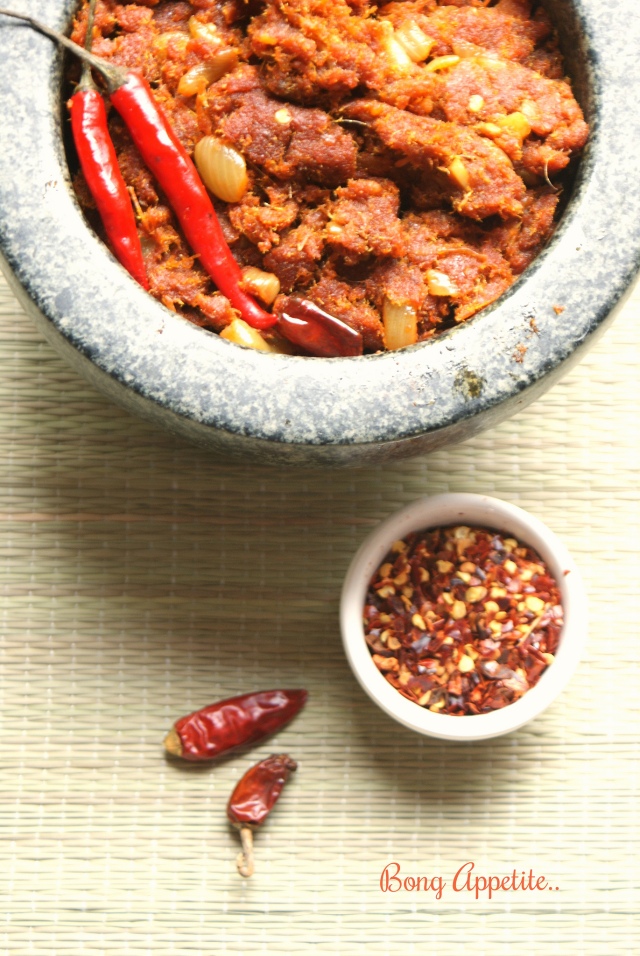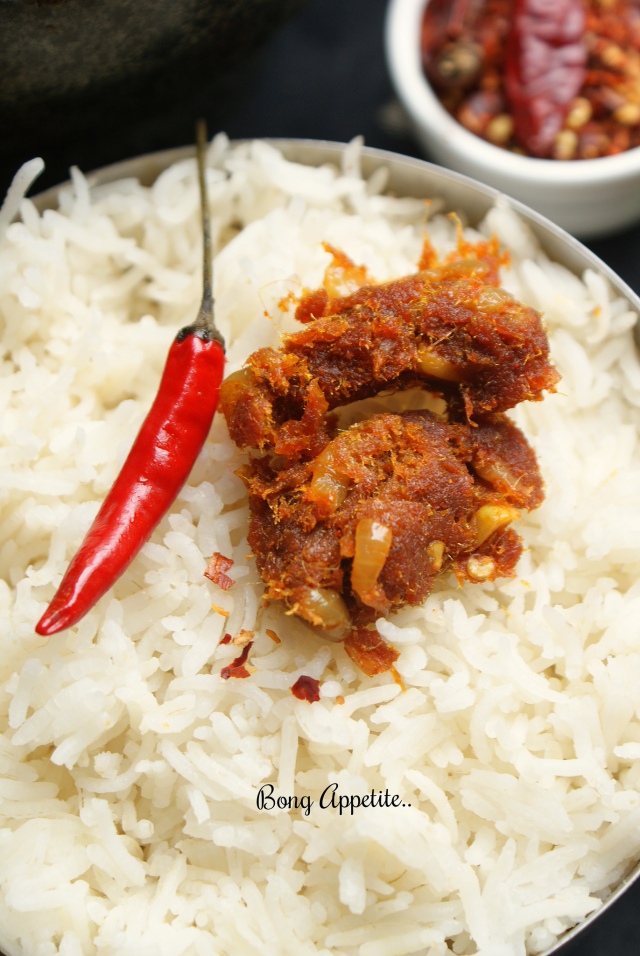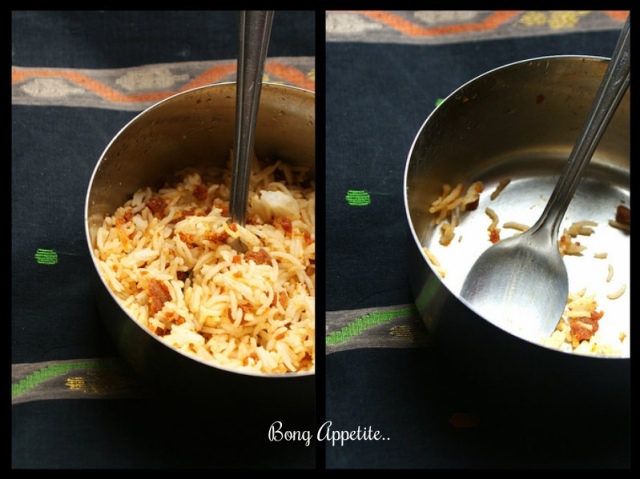There are very few dishes which work out equally good on super hectic work nights as well as during the special supper on a more relaxed weekend.This Goan prawn pulao is one such star dish.The amazing aroma of fresh prawns and Indian whole spices will never fail you.It is one such easy to make one pot meal,that is favorite of all prawn lovers.This dish is versatile in the sense,you can incorporate your choice of vegetables along with the prawns to make it a perfect no fuss balanced diet.Light,nutritious and filling .What else do you want for a perfect meal ?If that’s not enough,then let me tell you,it is time saving too.
Goa is known to be one of the main hub of sea food in India.Situated in the western coast of India,along the shore of Arabian Sea,Goan cuisine includes,coconut milk,spices and rice apart from sea food as it’s main cooking ingredients.
Apart from it’s original Hindu -traditional cooking form, the cuisine of Goa is largely influenced by Portuguese Colonization of 400 years. Coming to Portuguese influence on Goan style of cooking,it is said that the Portuguese exhibited to the Indians the use of herbs,spices,tomatoes and chili in cooking.Prawn Balchao and Pork Vindaloo are two famous examples,of such influence which has taken over Goan cuisine since the inception of the Portuguese colonization till the modern time.Thus Goan cuisine is a wonderful blend of east and west.
Coming to Goan Prawn Pulao or Arroz Com Camarao de Goa,this dish like many other Goan recipe,bear resemblance to Portuguese style of cooking.Scented with the aroma of cinnamon,small cardamom,clove, and marked by the meaty taste of the succulent prawns this recipe is a welcome alternative to the regular pulao.
Ingredients :
- 200 gm prawn,whole,un-shelled,washed
- 1 cup long grained rice
- white oil/ghee to cook
- 1 inch piece of cinnamon
- 1 bay leaf
- 2 cloves
- 5-6 peppercorns
- 2-3 small green cardamom
- 3 teaspoon garlic,finely chopped
- 1 medium sized onion,finely chopped
- 1 teaspoon turmeric(1/2 teaspoon for marinating prawns and 1/2 teaspoon for the pulao)
- 1 teaspoon cumin powder
- 1 teaspoon coriander powder
- 1 teaspoon Garam Masala powder
- 2-3 green chili,finely chopped
- 1 teaspoon red chili powder
- 10-12 cherry tomatoes,halved
- 1/4th cup green peas
- cilantro or parsley leaves ,a handful,finely chopped
- 1 cup coconut milk,thinned with 1 cup water
- salt to taste
- sugar to taste
Method:
- Remove the heads and shells of the prawns,de-vein,wash,pat dry and keep aside.
- Marinate the prawns with turmeric and salt.
- Heat 1 tablespoon oil and fry the prawns till golden pink.Take out prawns of the frying pan and keep aside.
- Add 1 tablespoon oil/ghee to the oil in which prawns have been fried.
- Heat the oil,and temper it with bay leaf,cinnamon,green cardamom(slightly crushed),cloves,peppercorn
- Let the whole spices splutter and cook at low to medium flame.
- After 1 minute,add the finely chopped garlic,saute till golden brown.
- Add the chopped onions.
- Sprinkle 1/4th teaspoon sugar,fry the onions till soft and golden for about 4-5 minutes.
- Add turmeric, red chili powder,cumin powder,coriander powder,garam masala powder .Saute for a minute or two.
- Add 1 cup coconut milk thinned with 1 cup water.Stir well.Let the gravy come to a boil.At this stage add the fried prawns and salt to taste and let the gravy thicken and come to a boil.
- Once the gravy thickens,remove the prawns and keep aside.Prawns tends to get chewy and rubbery ,when overcooked,so it should be added to the pulao preferably in the last stage.
- Add the green peas and rice to the gravy,cover and cook(the ratio of rice to the coconut gravy should be 1:2)
- Add salt and sugar as per taste
- Once the rice is almost done,add the prawns,chopped green chili and 1/2 tablespoon ghee
- Adjust the salt and sugar content if required.Turn off the flame.Give it a standing time of 2-3 minute.
- Transfer it to the serving bowl.
- In a wok take 1/2 teaspoon oil.Heat it.Cut the cherry tomatoes in halves ,put them in the oil along with a handful finely chopped parsley or cilantro leaves .Saute them slightly in the oil for 1-2 minutes,at medium flame.
- Garnish the pulao with the glazed cherry tomatoes.They will add the perfect sweet-tangy taste to the spicy pulao rice.
- Serve the pulao with raita or yogurt dip of your choice or savor it on it’s own.






